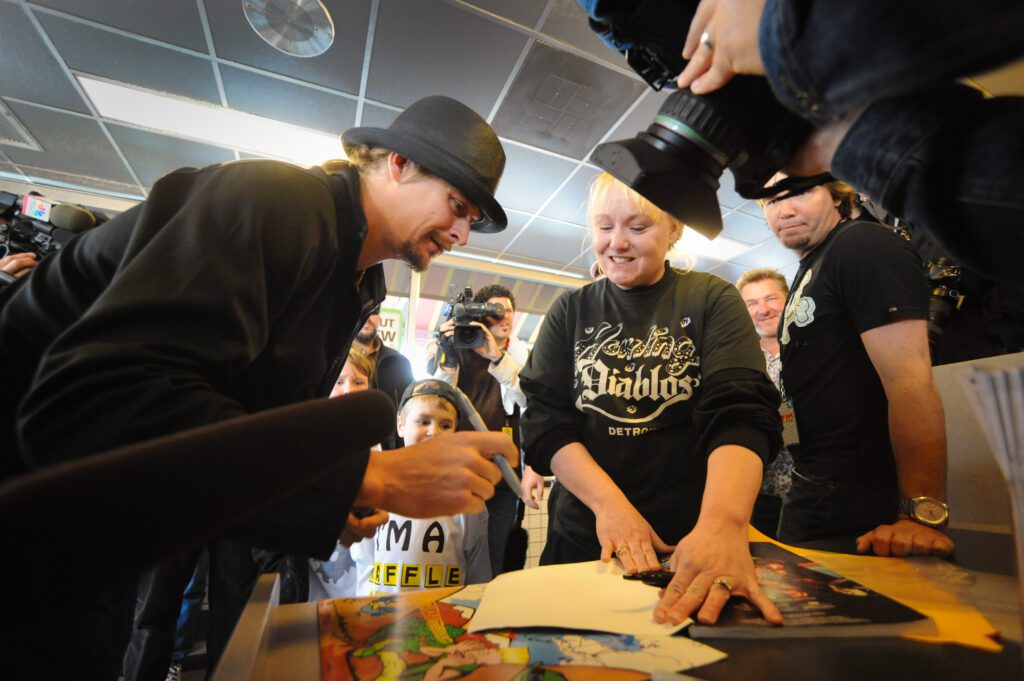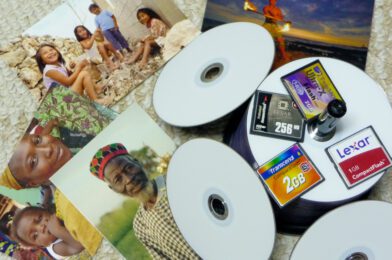Stanley usually provides a DVD-R immediately following your event. The ID information is printed directly on the inkjet-writable DVD-R, which is more archival than a paper label. The data includes the name and date of your event plus Stanley’s contact information, making it easy to locate images later.
Stanley keeps a duplicate DVD-R on file as an off-premises backup for you. Everyone should make their backup as well.
Each image is a high-resolution JPEG. Usage rights of the photos are negotiated before the assignment.
For most editorial assignments, photo identification is embedded with the image. This is helpful when writing cut-lines for your newsletter or matching the photo with the person in a story.
One of Stanley’s clients has 500 plus new portraits made every year. Many of the faces are new. The office staff uses the embedded identification to match the portraits to bios. This helps those who have not met the new people to match the person with the name.
Below is an example of this when you use Photoshop to view the images. Go to the menu option Menu>File Info to pull down the box.

The above example should interest you if you have many photographs taken each year and have had trouble locating a particular photo. This ID information is recognizable by most image archiving software such as Cumulus. The file information box of Photoshop is known as IPTC for short.
As you can see, the information is the same. Since Stanley has done this work for you, after setting up the software like MediaDex to recognize IPTC, you only need to drag the folder from the DVD-R, which Stanley provided to you, into the database software and let it ingest the images. You do not need to add any more information. The event’s name is searchable; you can find people by searching the caption for words.
You can also use services online like PhotoCore. This provides a live, searchable database for you to use. Your photographers can upload from anywhere worldwide, and you can determine access by creating accounts for photographers, designers, and clients. Look at some of Stanley’s examples here.
With this service provided by Stanley, you can find a photo within seconds. If you save all the images on a server, the artist only needs to click to place the picture into their design. It only takes a second.
You can use the information printed on the DVD-R to locate a project, place the DVD-R on the computer, and drag the photo from the Database straight into your document.
Use the information printed on the DVD-R to locate a project, place the DVD-R on the computer and drag the photo from the Database straight into your document.
Look on the DVD-R to locate a project, place the DVD-R on the computer and drag the photo from the Database straight into your document.
To locate a project, place the DVD-R on the computer and just drag the photo from the Database straight into your document.
Today we must be good stewards of our budget and resources. Since Stanley has completed most of the data entry for you, he has saved you hours of work that translates into savings.
There is more than meets the eye in Stanley’s photos. He has provided you with the images you need and increase their value because of the wealth of information he has provided about those images.
The ease of use, the ability to quickly locate a single photo in your collection, and the in-depth information about that photo all located together make a photo shoot by Stanley more valuable.
Yes, Stanley indeed does work to make your job easier.







